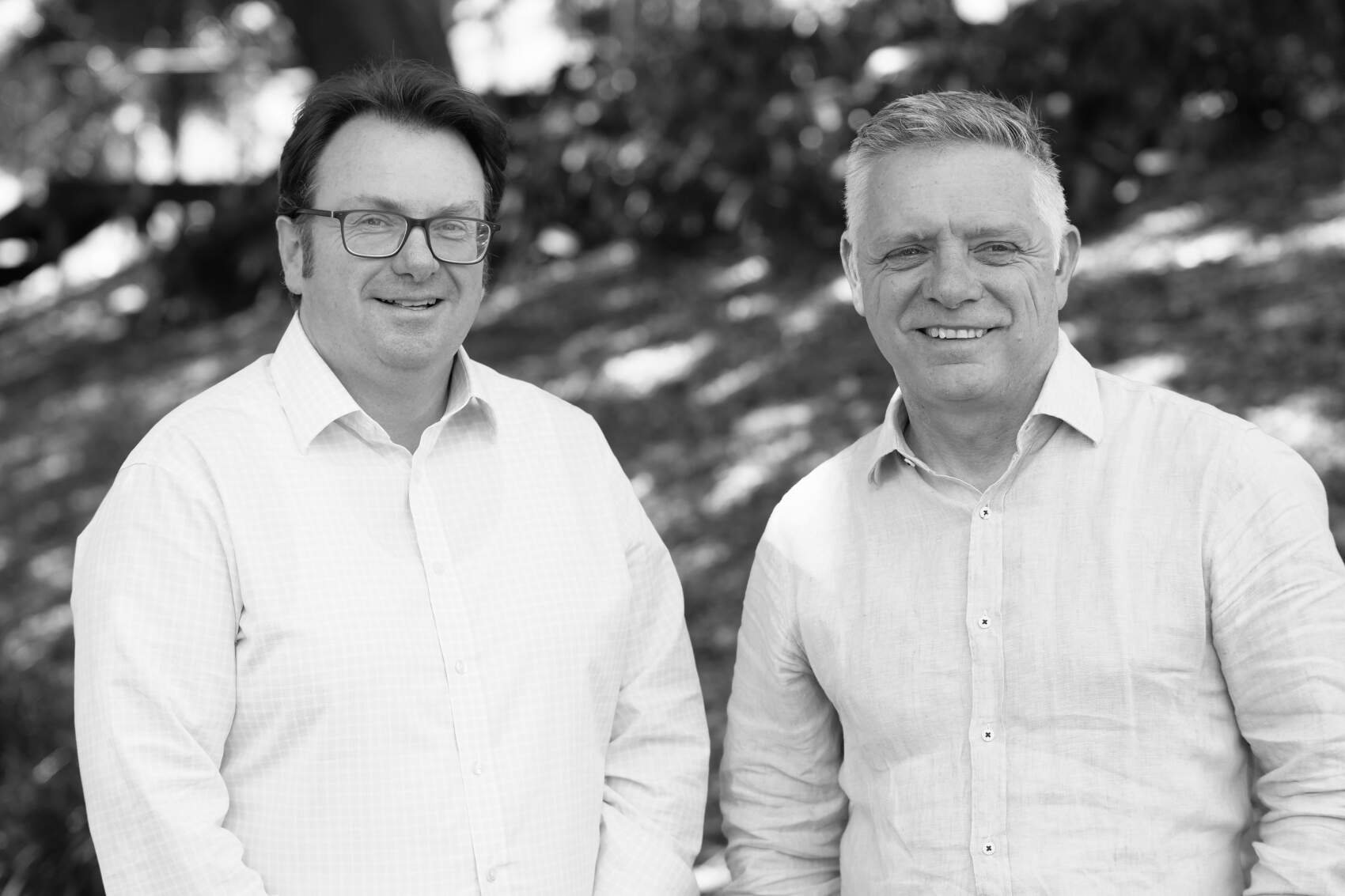Empty Chairs – Listening to the Non-obvious Stakeholders for Long-Term Business Success
Posted on: November 30, 2023
None of us thrives alone, we all rely on others to realize our goals. Those others may be near or far in time and space, and both human and nonhuman. For example, you may be reliant on the team you are working with right now as well as those more distant, such as the teachers who taught you to read, the engineers who built the schools you attended and the roads you drive on. You are also reliant on non-humans; the systems that created the shared atmosphere you are breathing or the plants that created the food you are digesting or the cotton you are wearing.
That none of us thrives alone also applies to business. In recent years, there have been calls for companies to embrace a broader perspective of who matters, beyond the narrow purview of the shareholder. For example, in 2019 the Business Roundtable of America adopted a statement that the purpose of a corporation is to deliver value for all stakeholders[i] - groups or individuals who can affect or are affected by the achievement of the business’ objectives. While this widening of perspective to include stakeholders beyond shareholders is welcome (and long overdue), the list of stakeholders commonly cited remains narrow, typically limited to shareholders, employees, customers, suppliers, regulators, and the local community. Without further widening their perspective beyond the obvious, business leaders will only ever be diligent in their concern for this narrow set of stakeholders, ignoring the messy complexity of the impact of their business on society and our wider surroundings.
Two non-obvious stakeholders that are, in our view, key to long-term business success are ‘the air we breathe’ and ‘future generations.’ The air we breathe is easy to understand, without it all business ambitions evaporate. Yet businesses in the main have done little to improve the air we breathe, rather they have contributed to shifting its composition and polluting it, they are not listening to this non-obvious stakeholder. When considering how to represent this non-obvious, non-human stakeholder, which clearly cannot speak in the conventional sense, we propose a simple workaround – an empty chair. That is, place an empty chair into your meetings and label it ‘the air we breathe.’ Then ensure during the meetings you and your colleagues go through the exercise of ‘asking’ the empty chair about your business’ plans and strategies and their impact on this non-obvious stakeholder. Experience tells us you will be surprised by the answers and the shifts your business will start to make.
The challenge of considering the second non-obvious stakeholder, ‘future generations’ is understanding who they are. We might typically consider them as individuals yet to be born, however such an approach means we can tie ourselves in mental knots about how to account for them. Such knots can result in us justifying a form of temporal ignorance, where we willingly turn away from the future to focus on the now. To avoid this and move to the practical, we recommend considering a generation as thirty years[ii]. With this framing in mind, it is easier to account for ‘future generations,’ as they are here among us, they are those who are thirty years younger. Consequently, temporal ignorance is harder to claim, as leaders and decisionmakers can talk to a representative group of individuals who will be the future leaders of their business. To illustrate, the average age of a CEO is 57 years old, hence the future generation of leaders are currently 27 years old. Such individuals are perfectly capable of discussing the future they want and in so doing able to offer guidance on how the business can make decisions for long-term success.
As with the air we breathe, an empty chair can be a simple device to give future generations a voice. Labelling the chair ‘Future Generations’ and placing it in your meeting room allows discussion of the business and its challenges to be considered through the lens of the impact on those who will be in the room in the next thirty years. In so doing, the business will start to consider long-term implications and what it means for the business to thrive in the long-term. To take listening to future generations further, one possibility is to set up a board within your business’ governance structure that consists of those who might lead in 30 years' time. Giving them the mandate to consider challenges the business currently faces within the context of forecasted future challenges. There are examples of such practice, the cosmetics, skin care and perfume company The Body Shop has formed a ‘Youth Collective’ of individuals under 30 years of age who provide advice to the senior board.
To summarize, the simple act of having empty chairs in meetings can help your business thrive over the long-term by enabling it to listen to non-obvious stakeholders. Two non-obvious stakeholders we recommend business listens to are ‘the air we breathe’ and ‘future generations.’ Listening to them will enable your business to shift and become Future Normal, a business that thrives through the long-term and acts meaningfully in our surroundings and purposefully to benefit society.
Professor Nick Barter & Professor Chris Fleming

This is an edited extract summarizing the third question within our book: Future Normal: 8 Questions to Create Businesses your Children will be Proud Of. The question is – Does your business listen to all its stakeholders?
[i] Business Roundtable, 2019, Statement on the Purpose of an Organization, https://www.businessroundtable.org/purposeanniversary, Accessed 4th October 2023
[ii] Berger, B.M., 1960. How long is a generation?. The British Journal of Sociology, 11(1), pp.10-23.

